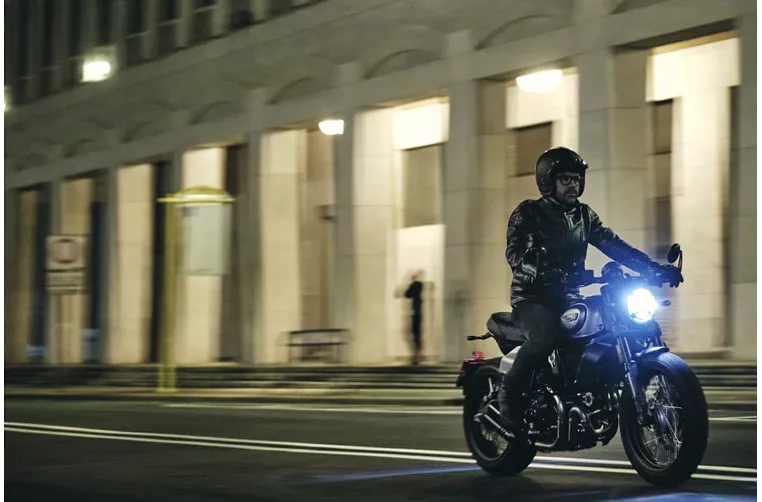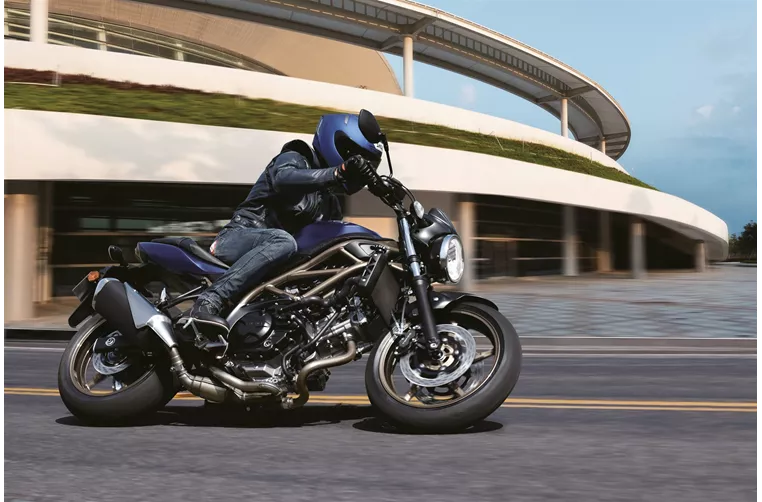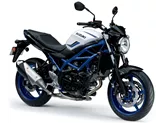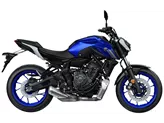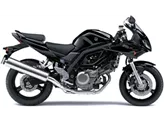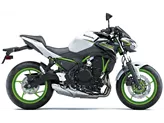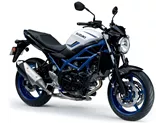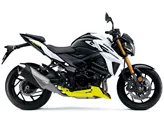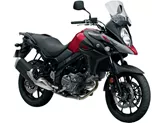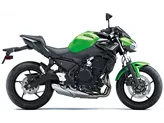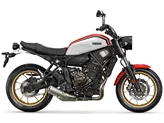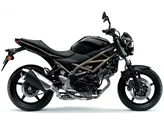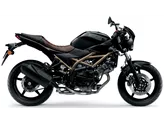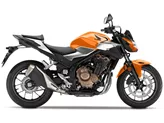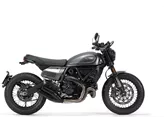Ducati Scrambler Nightshift 2021 vs. Suzuki SV 650 2023
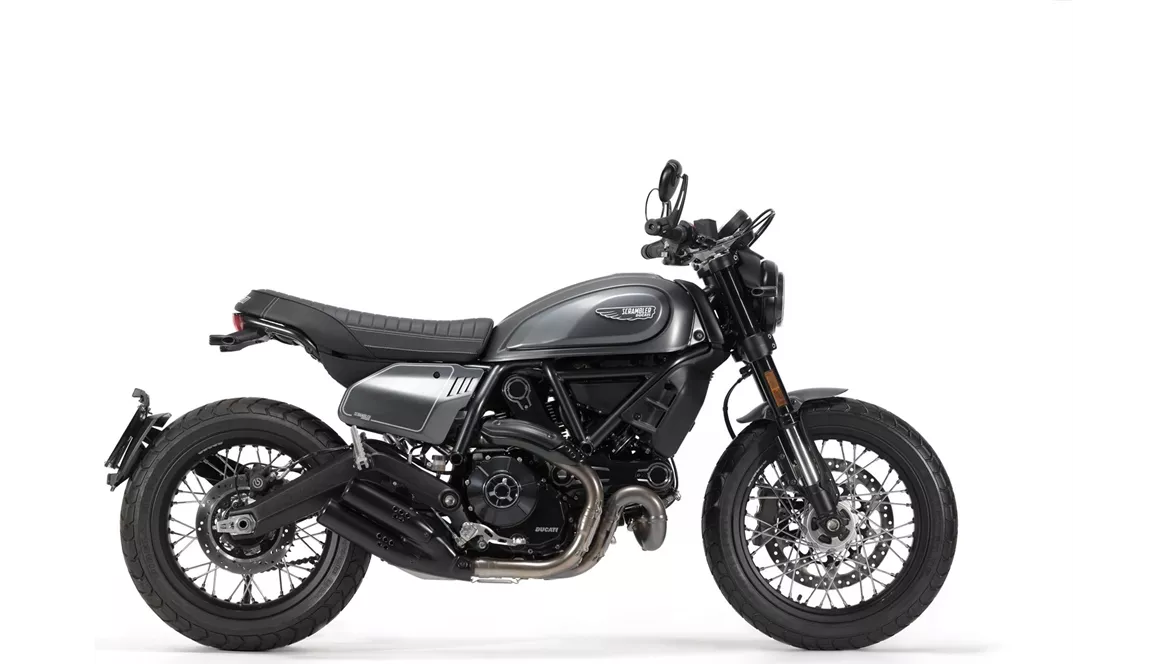
Ducati Scrambler Nightshift 2021
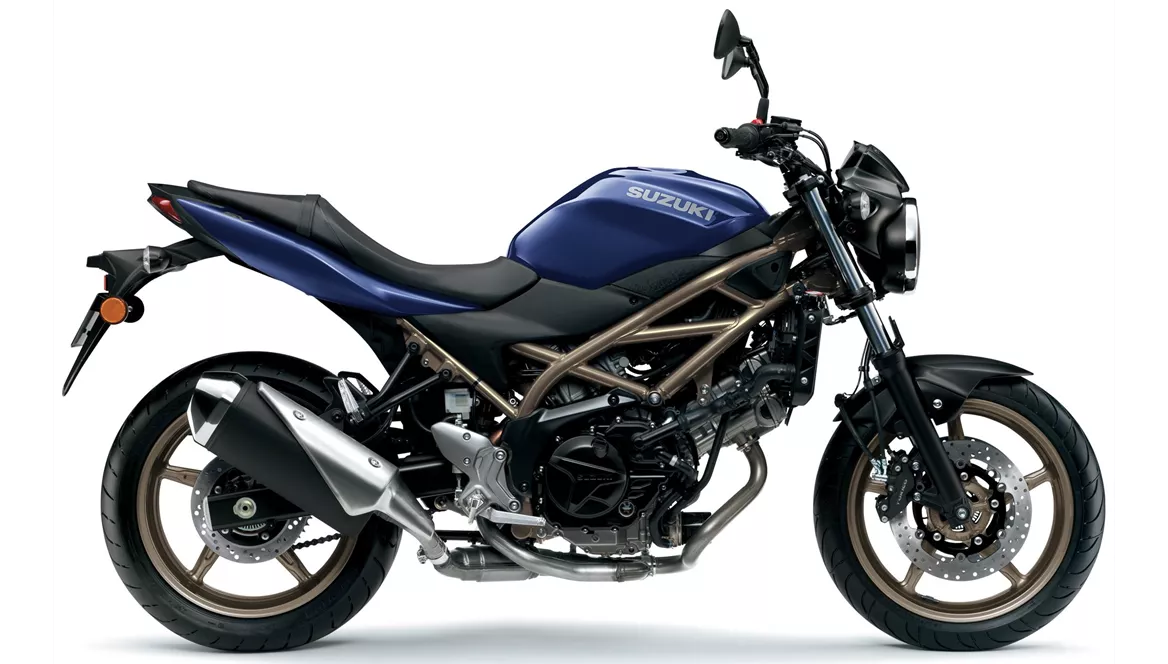
Suzuki SV 650 2023
Vue d’ensemble - Ducati Scrambler Nightshift 2021 vs Suzuki SV 650 2023
The Ducati Scrambler Nightshift 2021 and the Suzuki SV 650 2023 are both naked bikes with similar engine power and torque. They both have V-twin engines with 73 horsepower and fuel injection systems. However, there are several differences between the two models.
In terms of engine cooling, the Ducati Scrambler Nightshift 2021 uses air cooling while the Suzuki SV 650 2023 uses liquid cooling. This can affect the overall performance and temperature management of the bikes.
The suspension systems of the two bikes also differ slightly. The Ducati Scrambler Nightshift 2021 features an upside-down telescopic fork at the front and a swing arm with a monoshock at the rear. The rear suspension of the Ducati offers preload and rebound adjustment, providing more customization options for the rider. On the other hand, the Suzuki SV 650 2023 has a telescopic fork at the front and a swing arm with a monoshock at the rear, but it only offers preload adjustment. The rear suspension of the Suzuki lacks rebound adjustment, limiting the fine-tuning capabilities for the rider.
In terms of braking, the Ducati Scrambler Nightshift 2021 has a single disc front brake with a diameter of 330mm and four pistons. The Suzuki SV 650 2023, on the other hand, has double disc front brakes with a diameter of 290mm and four pistons. Both bikes require manual force for braking, but the larger diameter of the front brakes on the Ducati may provide slightly better stopping power.
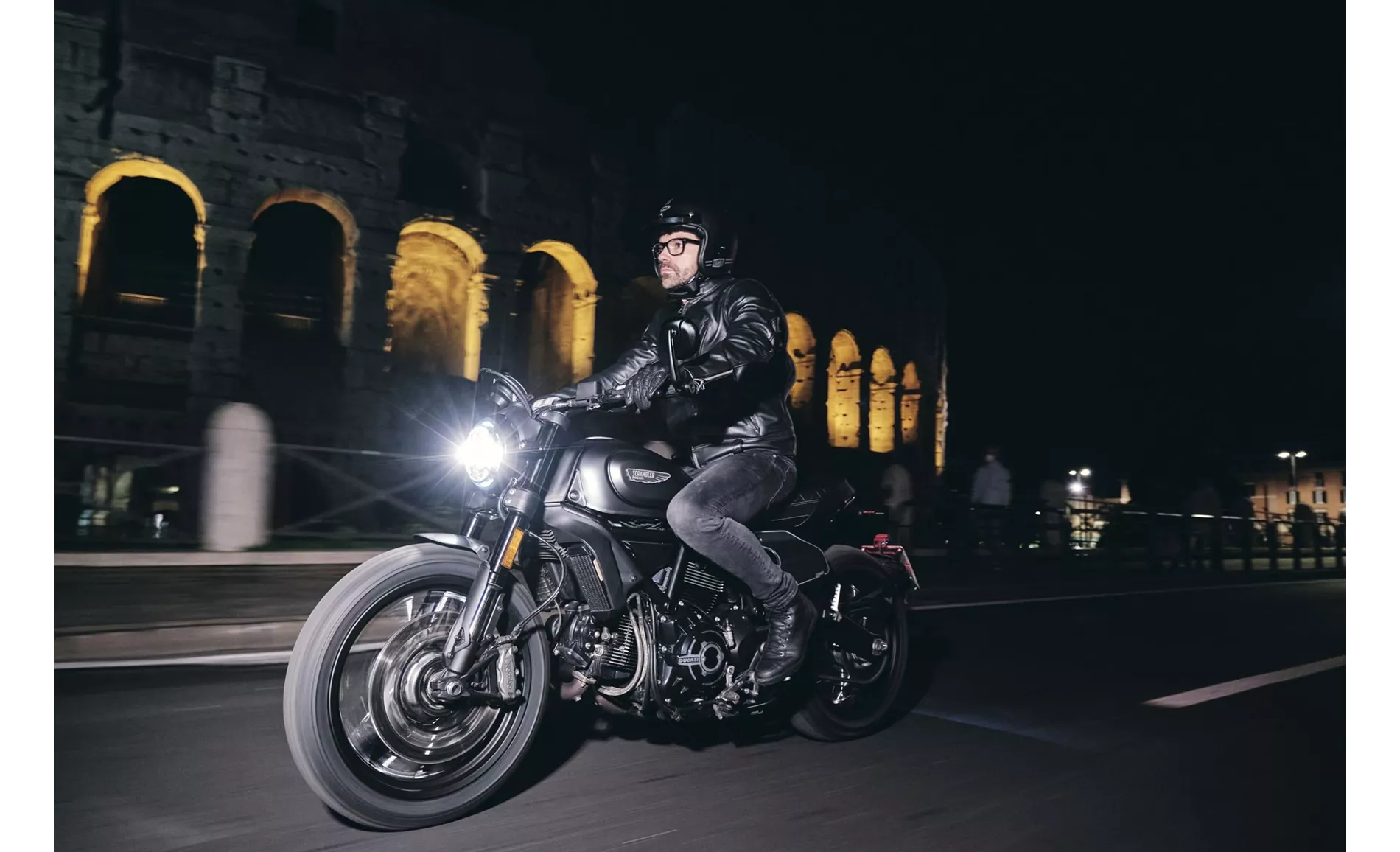
Ducati Scrambler Nightshift 2021
When it comes to rider assistance systems, the Ducati Scrambler Nightshift 2021 is equipped with cornering ABS, which enhances safety during cornering maneuvers. The Suzuki SV 650 2023, on the other hand, only has ABS and lacks any other advanced rider assistance systems.
In terms of dimensions and weights, both bikes have similar wheelbase measurements of 1445mm. However, the seat height of the Ducati Scrambler Nightshift 2021 is slightly higher at 798mm compared to the 785mm of the Suzuki SV 650 2023. The kerb weight of the Ducati is 196kg, while the Suzuki weighs slightly more at 200kg.
In terms of fuel capacity and efficiency, the Suzuki SV 650 2023 has a larger fuel tank capacity of 14.5 liters compared to the 13.5 liters of the Ducati Scrambler Nightshift 2021. The Suzuki also has a longer range of 353km and a lower combined fuel consumption of 4.1l/100km, indicating better fuel efficiency compared to the Ducati, which has a range of 259km and a combined fuel consumption of 5.2l/100km.
In terms of strengths, the Ducati Scrambler Nightshift 2021 offers a smooth engine, comfortable chassis, and cornering ABS. It also has a strong character and cool looks, making it an attractive option for riders who appreciate style and performance. Additionally, the low seat height of 798mm makes it accessible for riders of different heights.
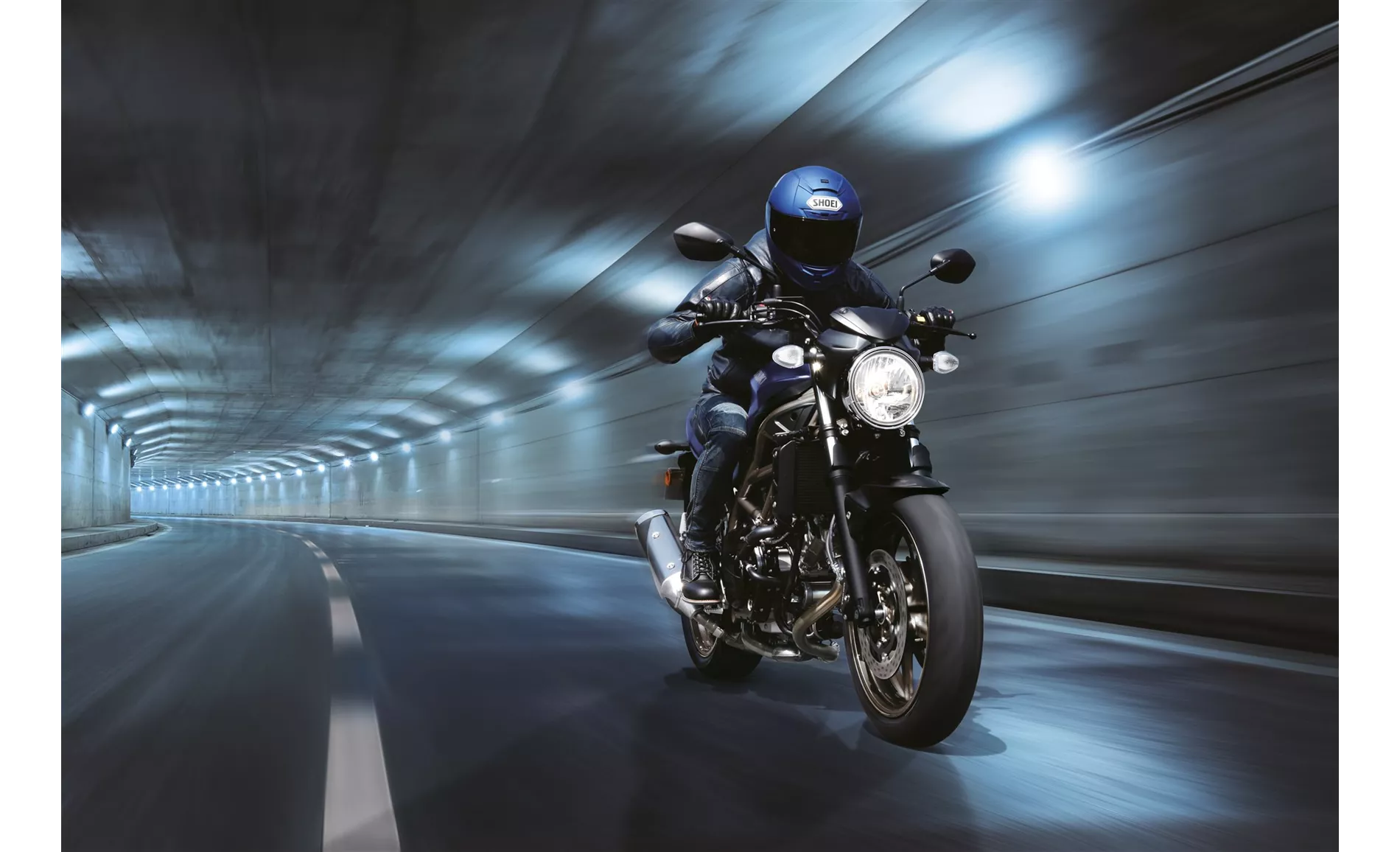
Suzuki SV 650 2023
The Suzuki SV 650 2023, on the other hand, boasts the last V2 powerplant in its class, providing a unique and distinctive riding experience. It also offers a beginner-friendly seating position and easy handling, making it suitable for riders who are new to motorcycles. The timeless look of the Suzuki adds to its appeal.
However, both bikes have their weaknesses. The Ducati Scrambler Nightshift 2021 has been criticized for its lack of feeling for the front wheel, requiring the rider to put in more effort for precise control. The front brake also requires manual force, which can be tiring during long rides. Additionally, the chassis of the Ducati may reach its limits at higher speeds, limiting its performance capabilities.
The Suzuki SV 650 2023 also has its drawbacks. The front brake requires manual force, similar to the Ducati, and lacks any electronic rider assistance systems apart from ABS. The instruments on the Suzuki are also considered moderately readable, which may be a minor inconvenience for some riders.
In conclusion, the Ducati Scrambler Nightshift 2021 and the Suzuki SV 650 2023 are both capable naked bikes with their own unique strengths and weaknesses. The choice between the two ultimately depends on the rider's preferences and priorities, whether it be style, performance, ease of use, or fuel efficiency.
Caractéristiques techniques Ducati Scrambler Nightshift 2021 par rapport à Suzuki SV 650 2023
Avantages et inconvénients en comparaison
Avantages et inconvénients en comparaison
Ducati Scrambler Nightshift 2021
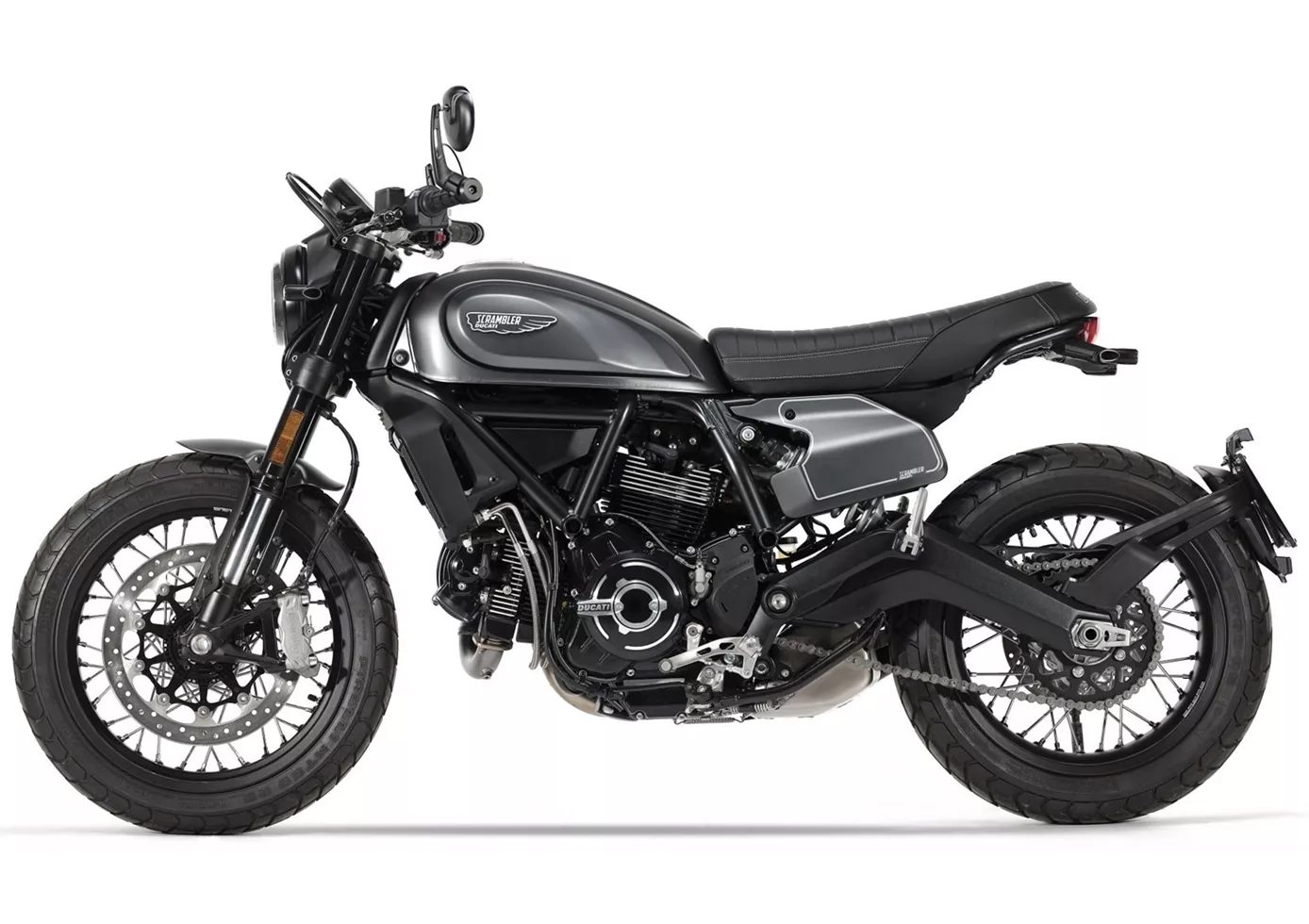
Dans la gamme Scrambler 800, la Nightshift se présente comme une représentante sportive pour la ville et la route. Le moteur offre suffisamment de puissance et une réactivité merveilleusement douce. Le châssis et la position de conduite offrent un confort qui permet d'affronter les pavés, seule la selle est un peu trop rembourrée. Et en cas de conduite trop sportive, la désillusion arrive lorsque le système de freinage exige une certaine puissance et que les pneus de série ne transmettent que peu de sensations. Mais si vous cherchez un vélo rétro cool avec un potentiel de pendulaire et beaucoup de caractère, le nouveau Nightshift devrait définitivement être pris en considération !
Suzuki SV 650 2023
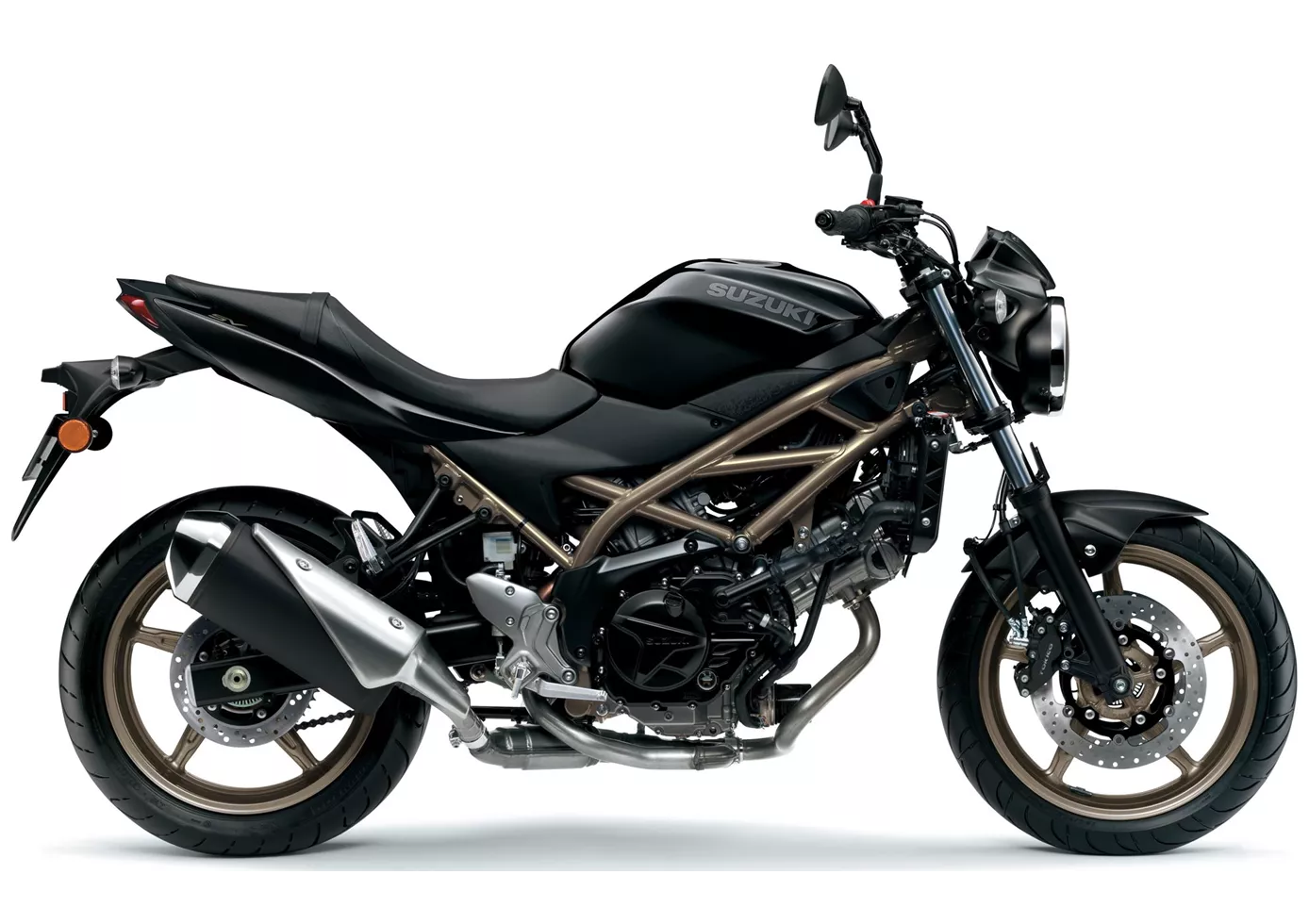
La Suzuki SV 650 est sur le marché depuis 25 ans, plus longtemps qu'aucune autre moto. Le moteur a reçu une mise à jour Euro5 et se présente désormais de manière encore plus adulte, ce qui le met clairement en harmonie avec le reste du package. La SV 650 ne veut effrayer personne, surtout pas les débutants. Le châssis donne une impression de solidité et de sérénité, le frein demande une bonne force manuelle pour éviter un surfreinage inattendu. L'optique est d'une part intemporelle, mais d'autre part vraiment un peu dépassée sur certains composants. En revanche, le prix est correct, comme d'habitude chez Suzuki.
Comparaison des prix Prix moyen du marché Ducati Scrambler Nightshift vs Suzuki SV 650
There are a few key differences between a Ducati Scrambler Nightshift 2021 and a Suzuki SV 650 2023. It takes less time to sell a Ducati Scrambler Nightshift with 123 days compared to 133 days for a Suzuki SV 650. Since model year 2021 1000PS.de editors have written 10 reviews for the Ducati Scrambler Nightshift and 25 reviews for the Suzuki SV 650 since model year 2005. The first review for the Ducati Scrambler Nightshift was published on 11/11/2020 and now has more than 31,000 views. This compares to more than 14,200 views for the first review on Suzuki SV 650 published on 9/26/2008.
